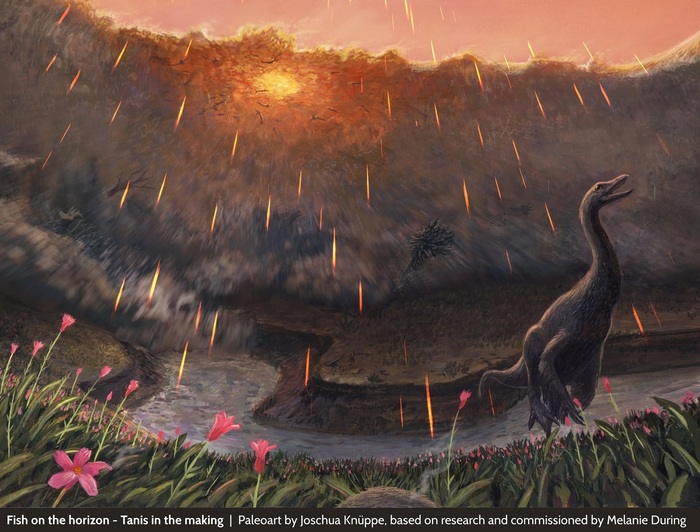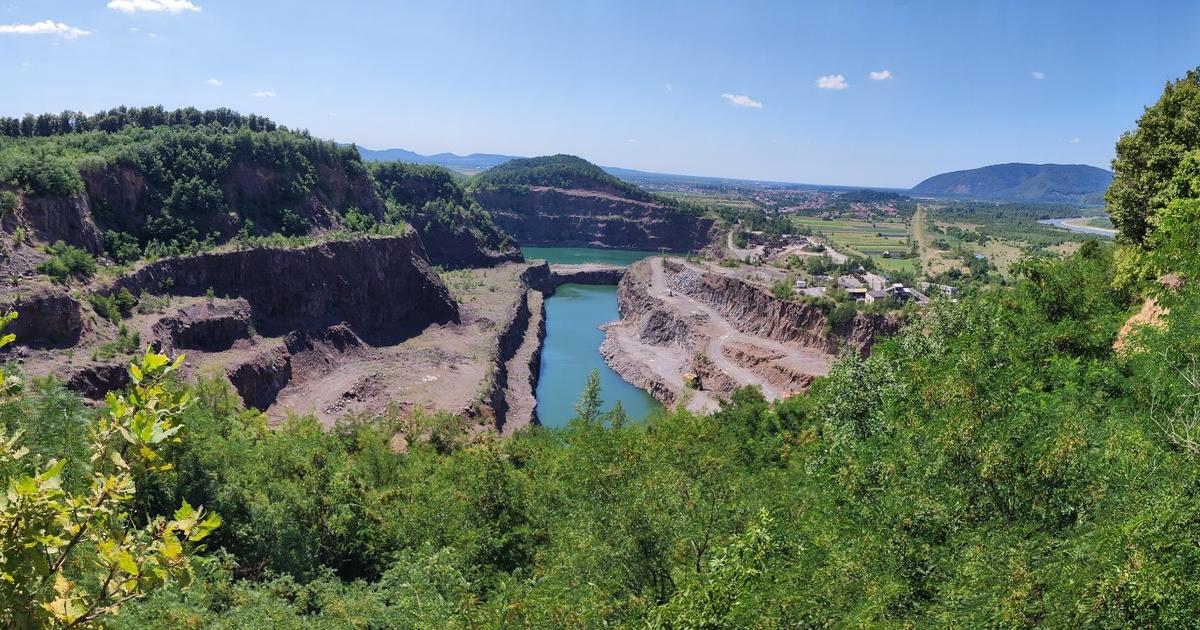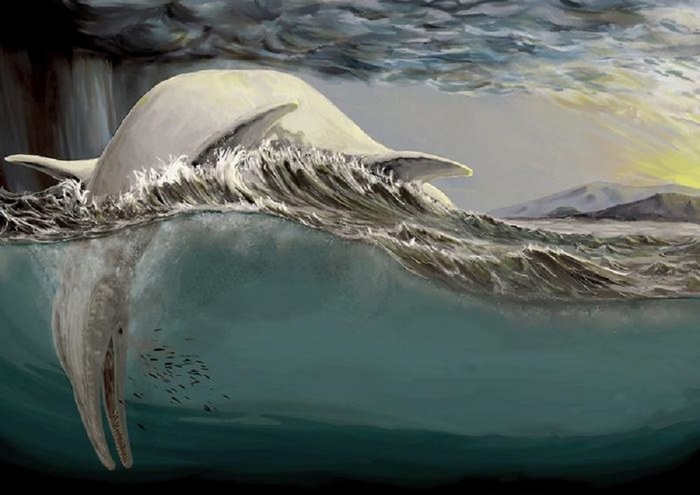It was spring, when the asteroid that put an end to the dinosaur era 66 million years ago struck the Earth: this is indicated by the analysis of the fossil remains of fish dead immediately after the impact and perfectly preserved, examined with the super microscope of the European synchrotron light facility ESRF (European Synchrotron Radiation Facility), a particle accelerator that produces the most powerful x-rays in the world.
The discovery, published in the journal Nature, is the result of international research conducted by the Vrije University of Amsterdam, the Swedish Uppsala University and the ESRF.
Sections of fossil fish prepared for X-ray fluorescence analysis (source: Vrije Universiteit Brussel)
The mass extinction that occurred 66 million years ago due to the fall of the meteorite on the current Yucatàn peninsula, in Mexico, still puzzles experts today, being one of the most selective events in the history of life on Earth: it caused the extinction of all non-avian dinosaurs, pterosaurs, ammonites and most marine reptiles, while spared mammals, birds, crocodiles and turtles.
Researcher Melanie During excavating near the Tanis River (source: Jackson Leibach)
Now, the discovery of the time of year in which the catastrophic event took place finally sheds light on the mystery: if it was spring in the northern hemisphere, it was autumn in the southern one.
This means that many animals were preparing to hibernate for the winter season and were therefore in a more sheltered environment, such as caves or underground passages.
The answer came from the analysis of fossil fish belonging to the Tanis deposit, in North Dakota, preserved at the moment of death which occurred moments after the impact of the meteorite.
The researchers, led by Melanie During of Uppsala University, used x-rays from the ESRF synchrotron, which has developed particular expertise in paleontology.
Thanks to this European super-microscope it was possible to observe the fossil remains in such detail as to see both the growth rings present in the bones and the shape and size of the cells.
Thanks to these observations it was possible to reconstruct the season of the year in which the animals were just before being buried alive.














